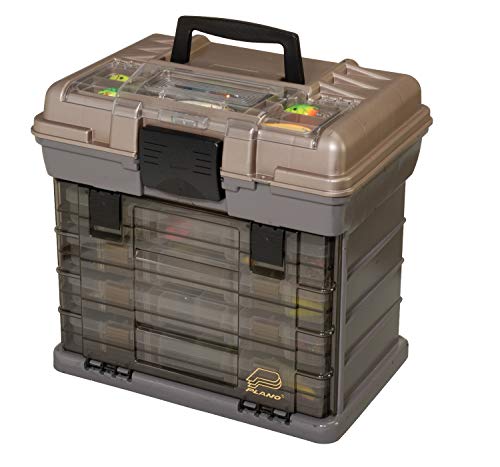FYI, there's been a few posts lately about stuck bolts and such. Here's a great easy-to-mix DIY product that will be the best penetrating fluid you could use ...
Jim - Perhaps this should be a stickie post ...
==========================================================
FWIW the best penetrating oil one can use is a DIY homemade mix of 50% acetone and 50% automatic transmission fluid (ATF).
Recently “Machinist Workshop Magazine” did a test on penetrating oils. Using nuts and bolts that they ‘scientifically rusted’ to a uniform degree by soaking in salt water, they then tested the break-out torque required to loosen the nuts. They treated the nuts with a variety of penetrants and measured the torque required to loosen them.
This is what they came up with:
Jim - Perhaps this should be a stickie post ...
==========================================================
FWIW the best penetrating oil one can use is a DIY homemade mix of 50% acetone and 50% automatic transmission fluid (ATF).
Recently “Machinist Workshop Magazine” did a test on penetrating oils. Using nuts and bolts that they ‘scientifically rusted’ to a uniform degree by soaking in salt water, they then tested the break-out torque required to loosen the nuts. They treated the nuts with a variety of penetrants and measured the torque required to loosen them.
This is what they came up with:
- Nothing: 516 lbs
- WD-40: 238 lbs
- PB Blaster: 214 lbs
- Liquid Wrench: 127 lbs
- Kano Kroil: 106 lbs
- ATF/Acetone mix (50/50 mix): 50 lbs























































